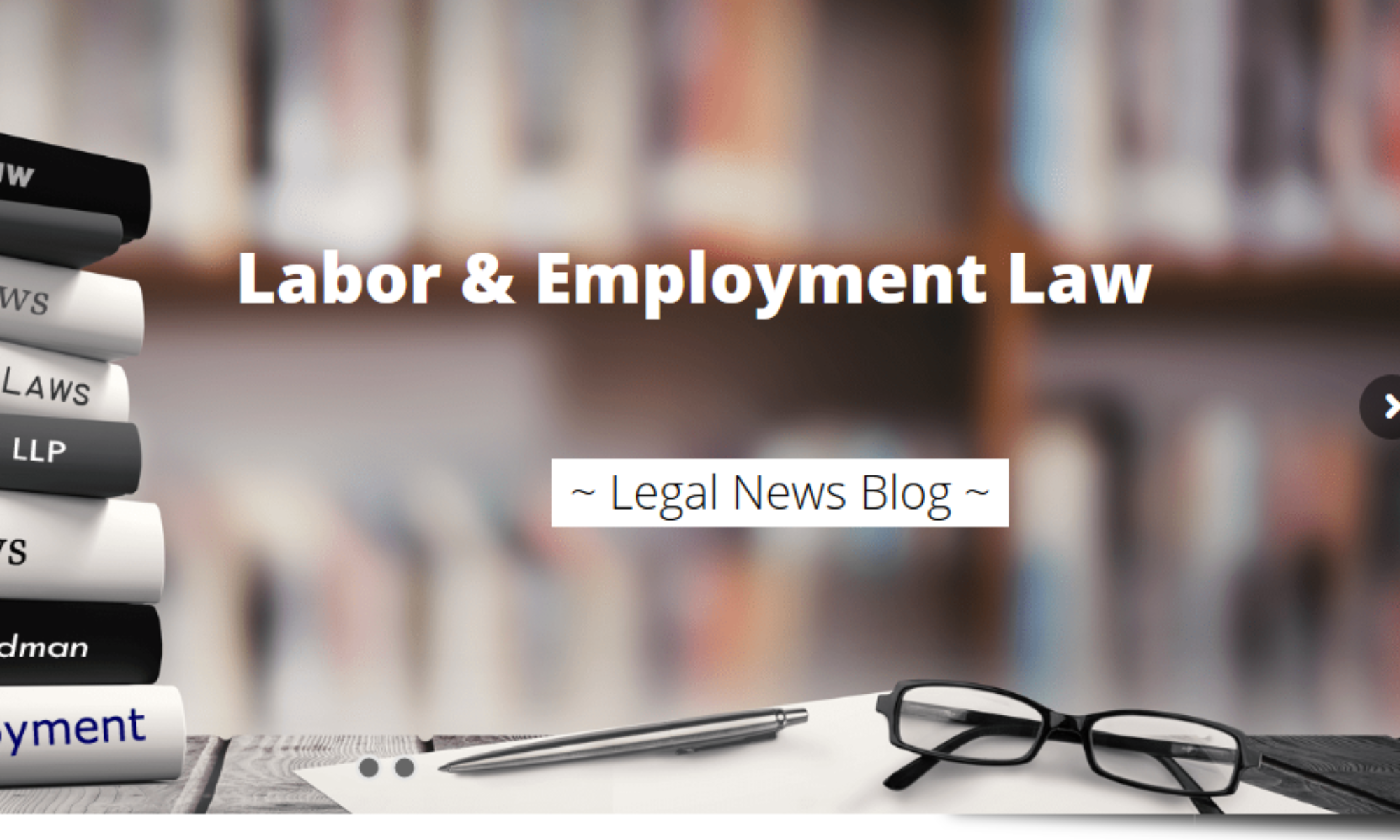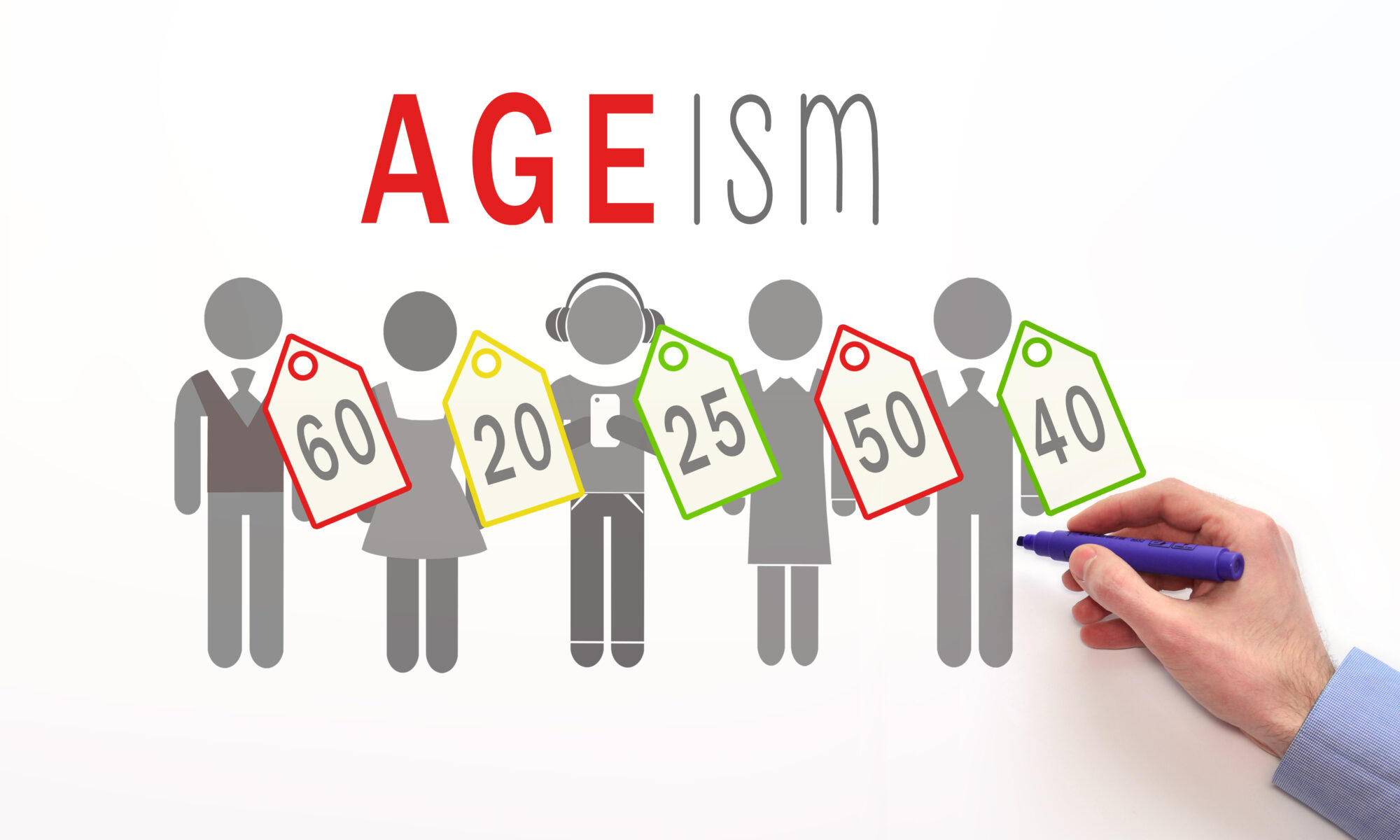In the modern workplace, diversity and inclusion have assumed paramount importance, and rightly so. As an HR professional, a mature employee, or a seasoned job seeker, it’s crucial to understand the laws and protections in place to combat ageism. With the rise in remote work and a concerted effort to create equitable work environments, age discrimination is more relevant than ever. Here, we explore how laws safeguard employees over 40, share significant age discrimination cases, and discuss the impact on mature workers and job seekers. We also provide strategies for HR professionals to prevent ageism and promote a more inclusive workforce.
Age Discrimination Laws: Know Your Rights
The ADEA in Context: An Essential Guide
The Age Discrimination in Employment Act (ADEA) is a civil rights law that protects workers and job applicants 40 or older from employment discrimination based on age. The ADEA applies to employers with 20 or more employees, labor organizations, employment agencies, and the federal government. It explicitly prohibits age discrimination in hiring, promotions, discharge, compensation, terms, conditions, and privileges of employment.
Notable Cases: Justice Prevails
Several high-profile cases have highlighted the prevalence of age discrimination and the legal recourse available. Organizations like J&M Industries and Pete’s Car Smart have been held accountable for wrongful terminations and discriminatory practices. In another instance, Scripps Clinical Medical Group faced the brunt of legal action after imposing a mandatory retirement age, thereby sidelining skilled professionals from the workforce.
$1,643,000.00 Arbitration Award Age Discrimination Case Mr. Greg Helmer of Helmer Friedman LLP obtained an award on behalf of an employee who had been discriminated against and harassed because of his age. At the time, the landmark arbitration award was reputed to be one of the largest ever received by an individual in a discrimination case. Needles v. 1928 Jewelry, Ltd., Mel Bernie & Co., et al.
Enlightening Settlements: A Financial Overview
J&M Industries: A Case Study in Age Discrimination
In a striking example of age discrimination, J&M Industries came under legal scrutiny for terminating an employee based on age, leading to a settlement of $105,000 with the Equal Employment Opportunity Commission (EEOC). As the employee neared her 65th birthday, management began questioning her retirement plans, which the employee declined, expressing her intent to continue working. Despite her clear communication, J&M Industries dismissed her, citing economic reasons and claiming her purchasing agent position was eliminated. However, this assertion was quickly undermined when, less than a month after her dismissal, a much younger male in his thirties was hired for the purportedly eliminated purchasing agent role—clear evidence that prompted the EEOC to take action.
Pete’s Car Smart: A Case of Costly Discrimination
In a definitive ageism case, Pete’s Car Smart faced legal consequences when they terminated an employee who had devoted 18 years to the company following a brief medical leave. The abrupt dismissal occurred despite years of dedicated service and was, as the courts found, a direct result of age discrimination. To resolve the suit filed under the ADEA, Pete’s Car Smart agreed to a settlement of $145,000, a costly reminder of the legal and moral imperative to uphold anti-discrimination practices in the workplace. The case has since been a touchstone in discussions about the rights of older employees and the need for vigilance against such prejudices in employment decisions.
Scripps Clinical Medical Group: An Expensive Lesson in Equality
Scripps Clinical Medical Group agreed to a substantial settlement of $6.875 million in a significant ruling that sent ripples throughout the healthcare industry. The settlement came in response to a charge of age and disability discrimination filed with the U.S. Equal Employment Opportunity Commission (EEOC). The medical group had enforced a mandatory retirement policy that required physicians to retire at a certain age, overlooking their actual capability to perform their duties. This blanket policy disregarded individual qualifications and abilities, effectively discriminating against a class of physicians solely based on age and, in some cases, disability. The hefty settlement marks one of the most notable resolutions in the healthcare sector and emphasizes the costly consequences of disregarding federal non-discrimination laws.
The Impact of Age Discrimination on Mature Employees
Stalled Career Progression and Unemployment
Age discrimination can significantly impede a mature employee’s career path. The lack of promotions and lay-offs due to age can disrupt a lifetime of work and dedication to an organization. Sadly, many employees find themselves unexpectedly unemployed with limited prospects for re-employment.
The Psychological Toll
Job insecurity and the perceived value placed on youth can lead to severe psychological stress, anxiety, and a sense of identity crisis among mature employees. These psychological effects not only impact individual employees but can also decrease workplace morale and job satisfaction.
Challenges Faced by Mature Job Seekers
Overcoming Age-Related Barriers
For job seekers over 40, the path to employment is rife with age-related hurdles. Some employers hold onto the stereotype that older workers are less adaptable to technology, less productive, or more expensive, leading to difficulties securing new employment opportunities.
Dispelling Misconceptions
Educating employers and challenging misconceptions about older workers is vital. Experience, wisdom, and loyalty are just a few of the many assets that older job seekers bring. It is vital to shift the narrative from one of burden to one of value and contribution.
The Role of HR Professionals in Combatting Ageism
Proactive Prevention Strategies
HR professionals are pivotal in creating a workplace culture that celebrates age diversity. By implementing policies that promote equal opportunities and fair treatment, they can set the standard for inclusiveness within the organization.
Training and Initiatives
Regular training on anti-discrimination laws coupled with diversity initiatives can help sensitize the workforce and prevent discriminatory practices. By fostering an environment where every employee feels valued, HR professionals can actively work to eliminate ageism.
Conclusion: A Call for Inclusivity
In conclusion, age discrimination is a serious issue that demands our attention. Employers and employees must advocate for inclusivity, respect, and fairness in the workplace. By understanding the laws, sharing in the victories of significant cases, and being cognizant of mature workers’ challenges, we can collectively work towards a future where age does not dictate professional worth. It is only through these collective efforts that we can create a workplace that is truly equitable and representative of the diverse talent pool available to us.
It is also important to note that age discrimination is a complex issue that may require legal intervention. If you or someone you know has been a victim of age discrimination, consider seeking legal advice from an experienced employment lawyer of Helmer Friedman LLP Age Discrimination Lawyers in Los Angeles. Together, we can help ensure that no one loses their job due to age.


